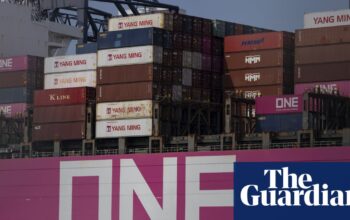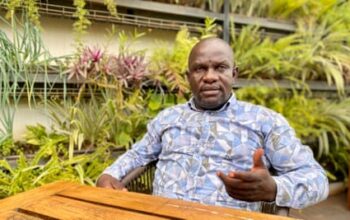An Australian boatbuilder has launched what it describes as the world’s largest battery-power ship, describing it as a “a giant leap forward in sustainable shipping” and the “most important” project it has ever done.
Incat, a manufacturer based in Tasmania, constructed the ship – called Hull 096 – after being contracted by the South American ferry operator Buquebus to build a vessel to run between the Argentinian capital, Buenos Aires, and Uruguay.
Launching the ship in Hobart on Friday, the company said it would operate entirely on battery-electric power, carrying up to 2,100 passengers and 225 vehicles across the River Plate, which forms the border between Argentina and Uruguay. .
“We’ve been building world-leading vessels here in Tasmania for more than four decades, and Hull 096 is the most ambitious, most complex, and most important project we’ve ever delivered,” the chairman of Incat, Robert Clifford, said.
Clifford said Incat hoped to build “as many sustainable ships as possible for the global market, both here in Australia and overseas”.
The company said at 130 metres, Hull 096 was not only the largest electric ship in the world, but also “the largest electric vehicle of its kind ever built”.
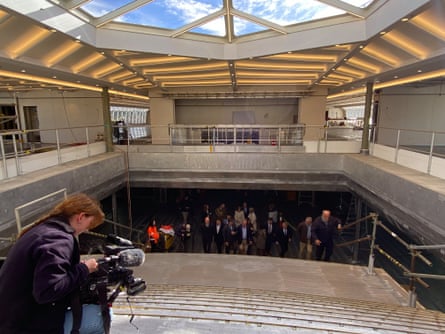
The ship is equipped with more than 250 tonnes of batteries and has more than 40 megawatt-hours of installed capacity.
Incat said the energy storage system was connected to eight electric-driven water jets and its capacity is four times larger than any previous maritime installation.
“Hull 096 proves that large-scale, low-emission transport solutions are not only possible, they are ready now,” Incat’s chief executive, Stephen Casey, said.
The global shipping industry accounts for 3% of the world’s annual emissions, according to the United Nations Conference on Trade and Development.
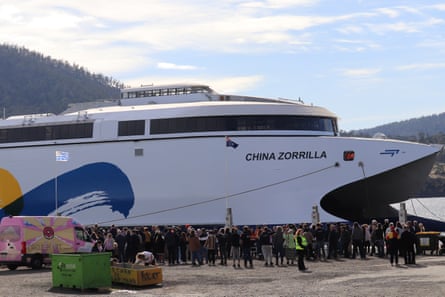
Dr Liam Davies, a lecturer in sustainability and urban planning at RMIT University, said because the new ship would service a regular ferry route, it could be a “good use case” to monitor what was effective in shipping electrification.
“That is something that seems like a good use case and a good way to find what works and what doesn’t in terms of electric vehicle shipping,” he said.
“Using that to learn how we effectively do electric shipping could act as a stepping stone towards container ships and cargo ships.”
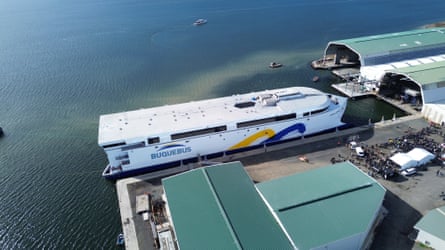
Source: theguardian.com
